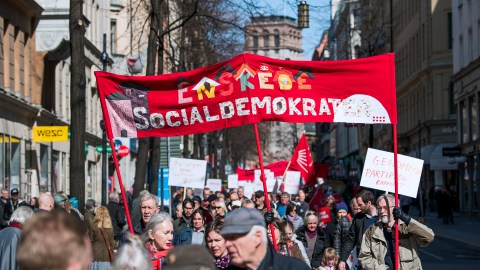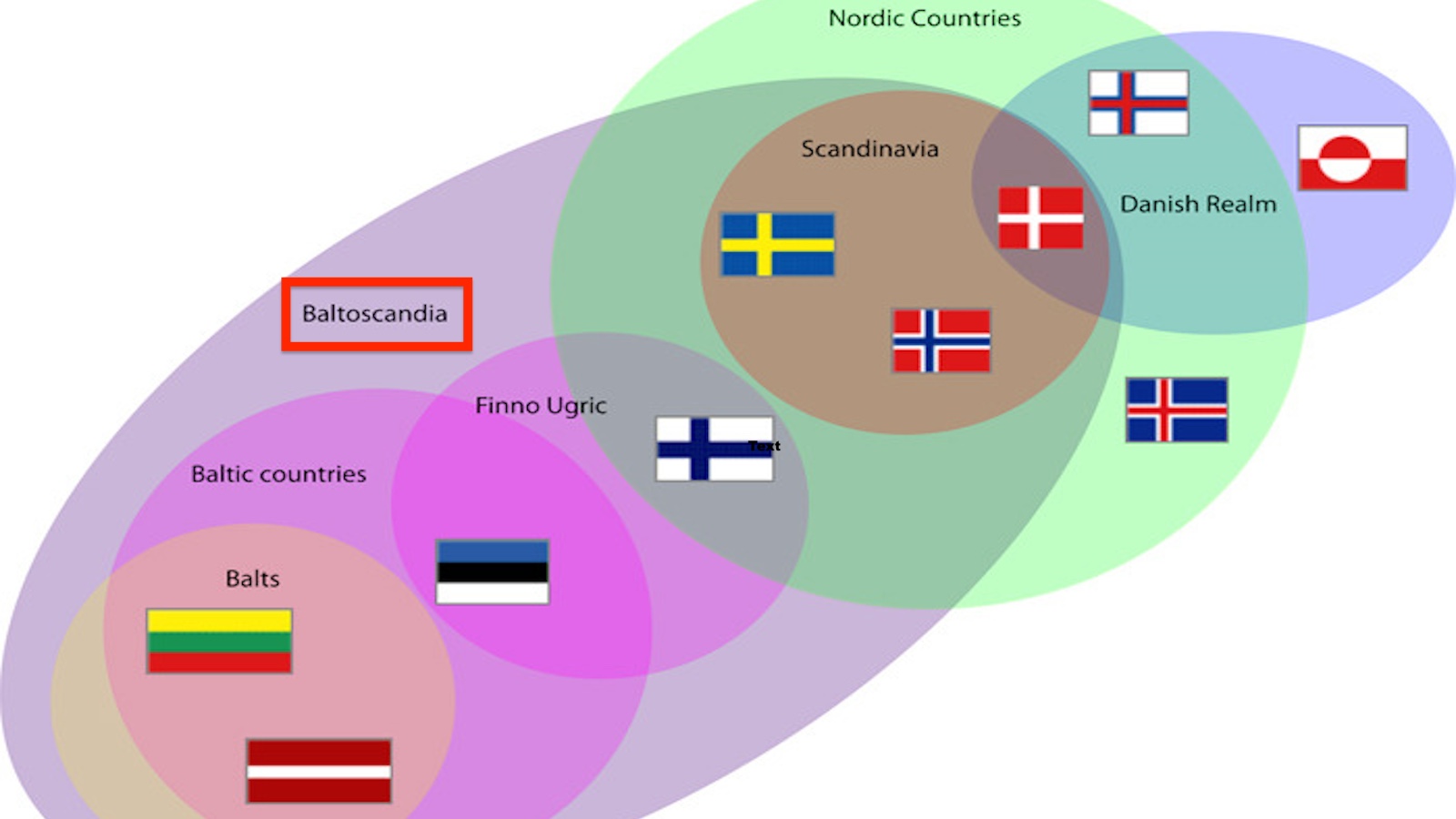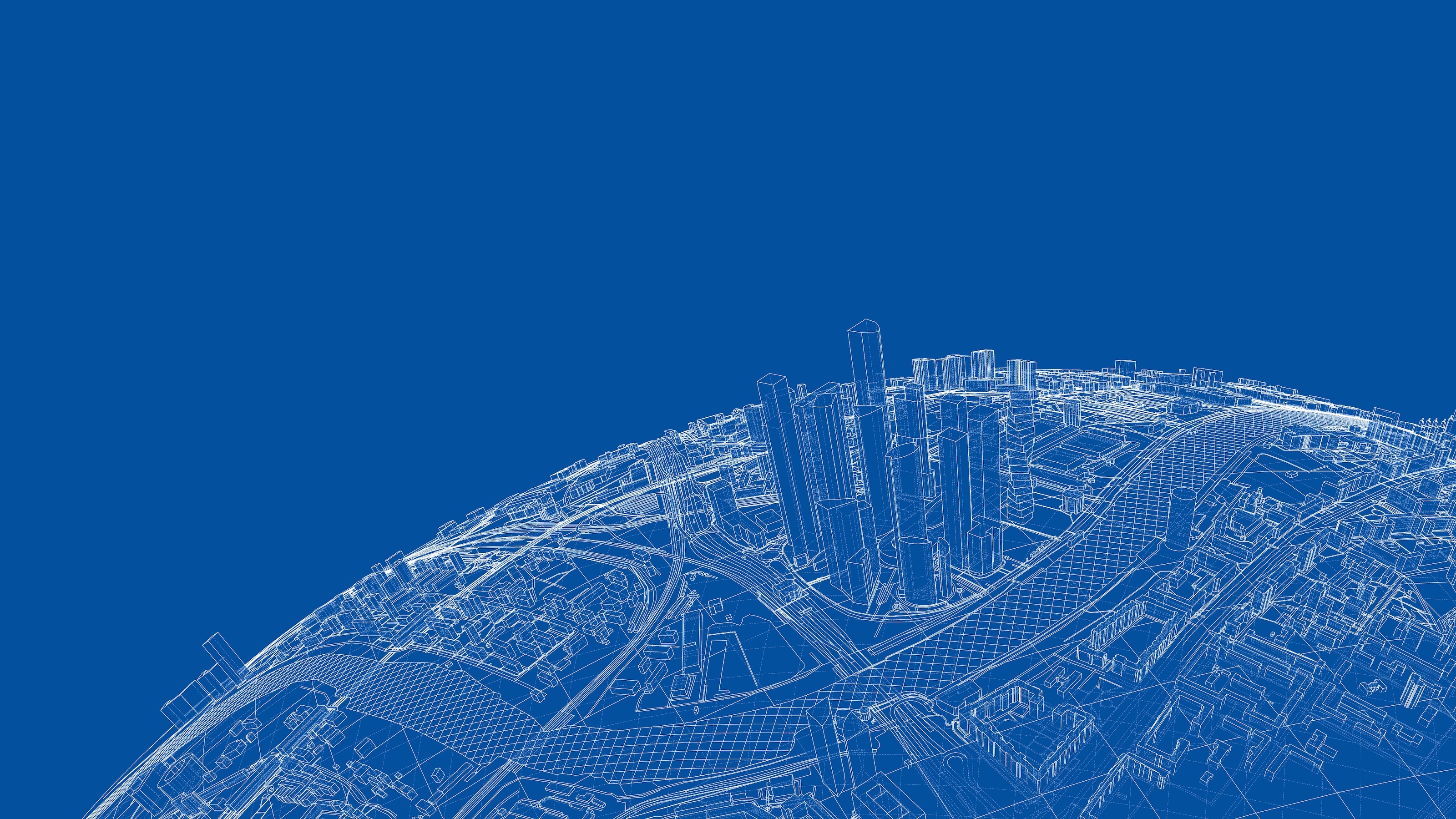What is socialism like in Scandinavia?

JONATHAN NACKSTRAND/AFP/Getty Images
- The American left and right often point to Scandinavian countries as examples of what government regulation can do, for good and bad.
- But are they actually socialists? How do their economies work?
- While stealing their social structures and trying to implement them elsewhere probably won’t work, they do offer an example of a kinder, gentler capitalism.
When Americans discuss the potential benefits of socialism, they often point to the Scandinavian countries as examples of what is possible. Bernie Sanders references Denmark and Norway rather frequently, and Donald Trump even got in on the action once. Depending on who you ask, they can either be socialist utopias demonstrating the best of left-wing ideology or Orwellian nightmares where extremely pale people are left pathetic by state intervention.
But, for all the rhetoric, what is socialism like in these countries and are they even socialist at all?
The fine line between socialism and severely regulated capitalism
The big problem with asking if the Scandinavian countries are “democratic socialist” or not is that Americans often interchange the terms “democratic socialism” and “social democracy.” Socialism is an ideology based around the idea of social ownership of the means of production. This can take many forms, including state or cooperative ownership of large parts of the economy.
However, social democracy is a capitalistic system where the state intervenes in the economy with regulations, welfare, and strong social protections without interrupting the private ownership of the means of production.
In the Scandinavian countries, the lion’s share of the economy is still controlled by private investors. No major party is seriously discussing the abolition of the market system, and state ownership is limited to specific strategic industries. The Danish Prime Minister famously corrected Bernie Sanders for calling Denmark “socialist” because of this. For these reasons, it is more accurate to say that the Nordic countries are social-democracies than democratic socialist states.
It should be said that they still have an extremely well developed model of social democracy, with a generous social safety net, high quality public services, and strong regulations on private business to protect both individuals and the community. Unionization rates are high and coordinated collective bargaining agreements are common.
However, sometimes the line between ‘democratic socialism’ and ‘social democracy’ is blurry. A few years ago in Norway, 37% of the stocks traded on the Oslo stock market were owned by the state. The shares were in good company, as the government also runs the national oil firm Equinor, the largest bank in the country, an aluminum producer, a telephone company, and many other enterprises. In classic market socialist form, income from the state oil company goes into a fund managed for the benefit of the Norwegian people.
There was also that time Sweden wanted to socialize capital
The same economist who helped devise the Swedish welfare state, Rudolf Meidner, collaborated on a plan that would have socialized capital by requiring large firms to regularly issue stock which would go into a worker’s fund managed by the relevant trade union.
While the program never went into effect – the electoral defeat of the social democrats all but doomed it – it did enjoy an extensive discussion and even a fair amount of support. If enacted, it would have placed the majority control of the Swedish economy in the hands of the workers in a few decades.
All this is interesting but somewhat academic. What does the system they have look like in practice?
Statistically speaking, the system works well.
The Scandinavian countries are among the happiest countries on Earth. They enjoy some of the best healthcare on the planet. Their trust in other people is very high. Norway has the highest Human Development Index score of any country in the world, with Iceland, Sweden, Denmark, and Finland all making it into the top 15.
When the adjustment for inequality is thrown in, since many high-scoring countries have such inequality that not all citizens can enjoy the high development, all the Scandinavian nations make it into the top ten.
They are also rather well off financially, with Norwegians enjoying a GDP per capita of more than $75,000. Taxes are comparatively high, Swedish high earners can face a 70% tax rate and they used to have to deal with a rate that could go over 100 percent, but there is currently no brain drain, suggesting this isn’t too much of a problem. Despite what some have argued, their economies are doing rather well and these countries are considered excellent places to do business.
Why are these countries like this? Is it the cold? The Lefsa? Something in the culture?
That is a question that plagues American progressives who desire the social system of the Scandinavian countries without the death metal or lack of sunlight. A few suggestions come up more frequently than others.
The idea that it has something to do with how small and homogeneous the countries are is prevalent; Sweden is barely more populated than the Chicago metropolitan area, and 83.2% of the population of Norway is ethnically Norwegian while 71.5% of them are members of the Church of Norway. This idea is also supported by the recent spike in anti-immigrant sentiment in Sweden.
The community-minded culture of Scandinavians might also have something to do with it. When Norwegian immigrants moved to Minnesota in the 1870s, many of them were able to band together and form mutual insurance companies, which have a strong cooperative element to them, despite the lack of legal protection for such enterprises at the time. After laws offering protection for them were implemented, they did very well despite the poverty of the immigrant community. Steven Keillor argues in the book Cooperative Commonwealth: Co-ops in Rural Minnesotathat this was due in part to the strong sense of community and cooperation inherent both to immigrant communities and Nordic cultures.
In an article published in Jacobin, Andreas Mulvad and Rune Stahl point out that these explanations are incomplete at best. Instead, they argue that the Scandinavian countries’ social systems evolved along similar lines to other Western European democracies after World War II. However, the strength of the political ties between unions and labor parties along with a few other breaks caused Scandinavian social democracy to reach a point unmatched in the rest of Europe. These same conditions meant social democracy could stand up to the rise of neo-liberalism, unlike it did in other countries.
While Scandinavia might not be democratic socialist in the precise sense of the term, the experience of these nations in soothing the worst pains of capitalism can still serve as an example to other countries that want to keep a market system while improving the lives of their populations. While it might not be possible to completely copy their systems and implement them elsewhere, their example of how to balance capitalism with social reforms will continue to inspire people all over the world.
But if these benefits require eating lutefisk, I’ll be a better capitalist than Ayn Rand.





